
The evidence comes from a new study that indicates a second and much earlier "whiff" of oxygen in Earth's distant past - in the atmosphere and on the surface of a large stretch of ocean - showing that the oxygenation of the Earth was a complex process of repeated trying and failing over a vast stretch of time.
The finding also may have implications in the search for life beyond Earth. Coming years will bring powerful new ground- and space-based telescopes able to analyze the atmospheres of distant planets. This work could help keep astronomers from unduly ruling out "false negatives," or inhabited planets that may not at first appear to be so due to undetectable oxygen levels.


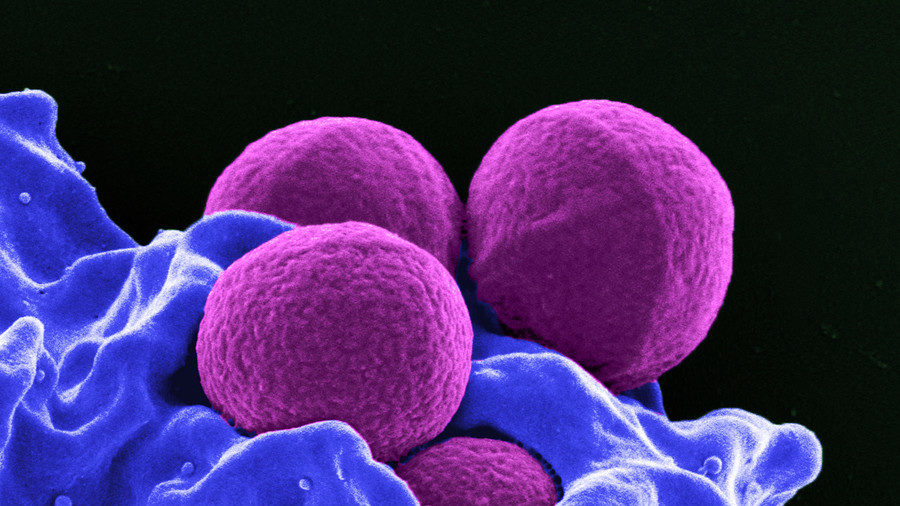

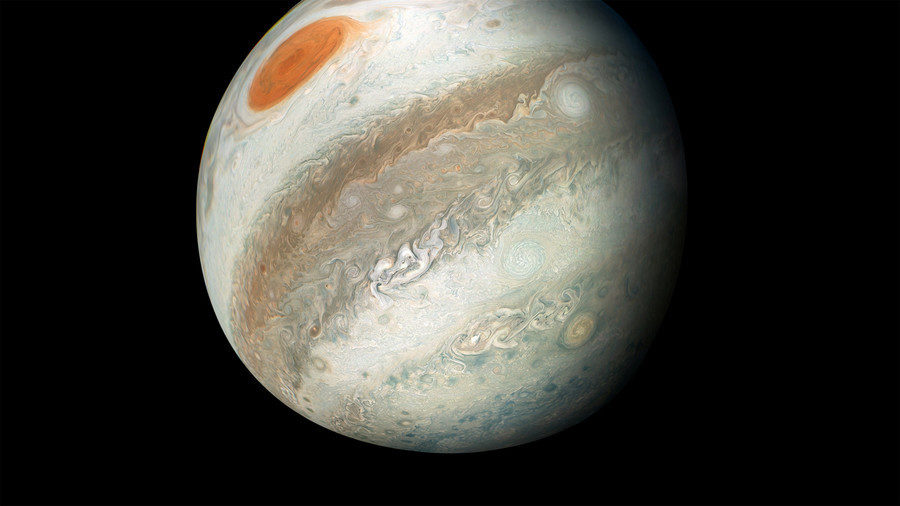
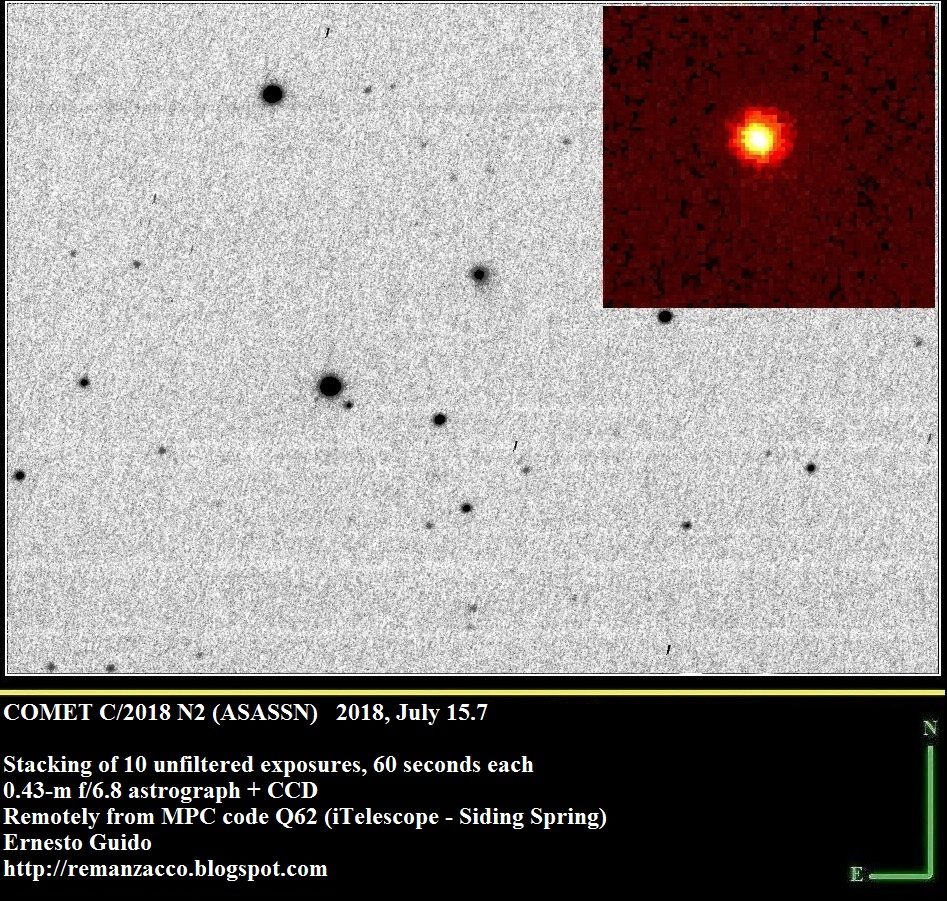
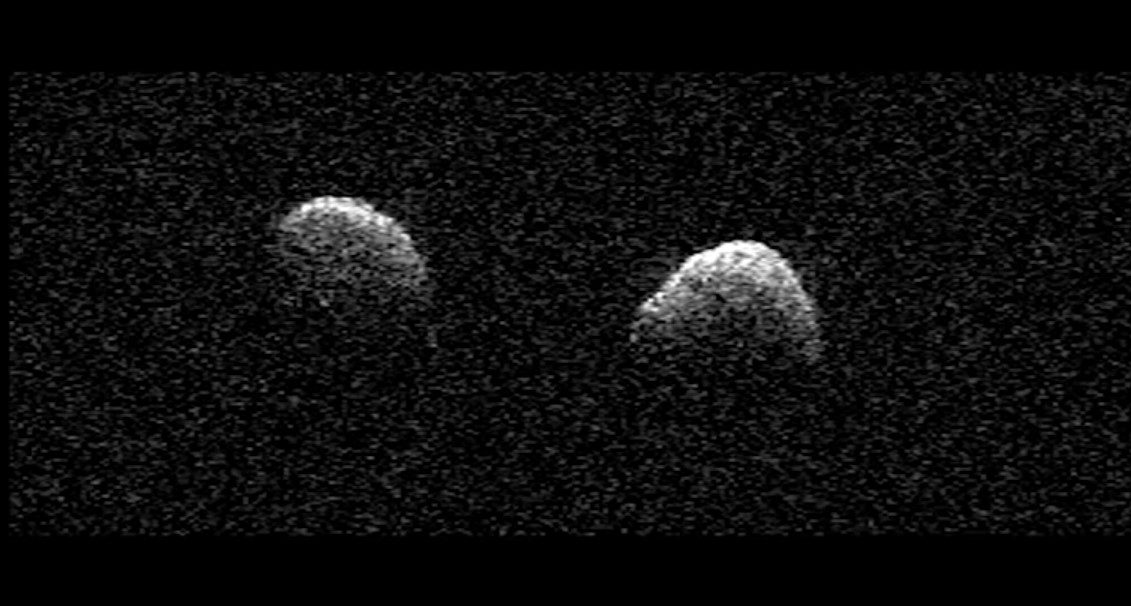

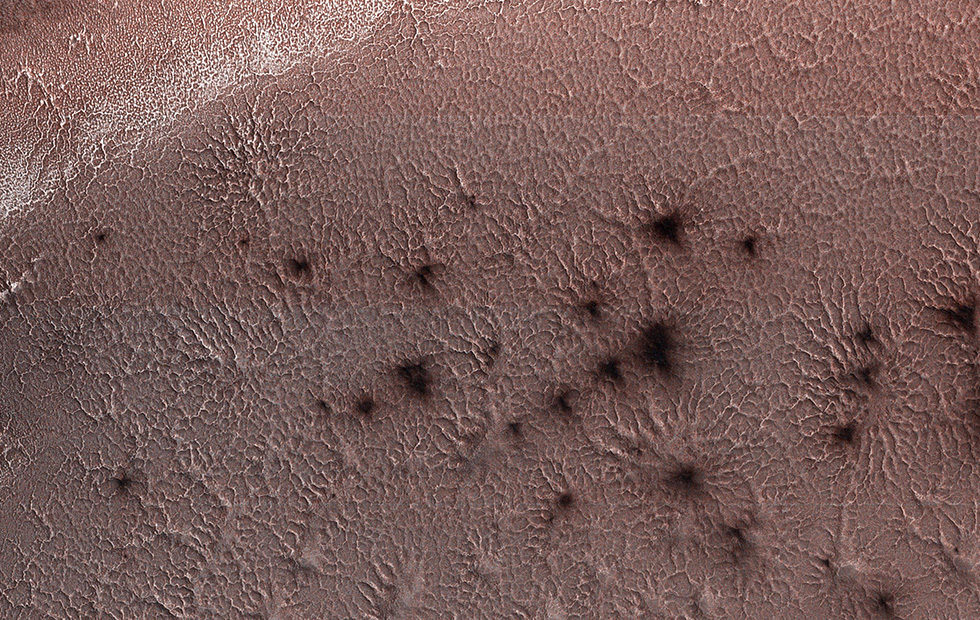



Comment: Analysis of earth's history by mainstream science is seriously distorted by their unwillingness to accept that our planet has undergone cataclysmic changes in the recent past which, if taken into account, could dramatically change their reading of the data. What this does seem to confirm is the many naturally occurring shifts to the make-up of our planet and perhaps how well life adapts: